Plants or Crops
All Plants or Crops Content
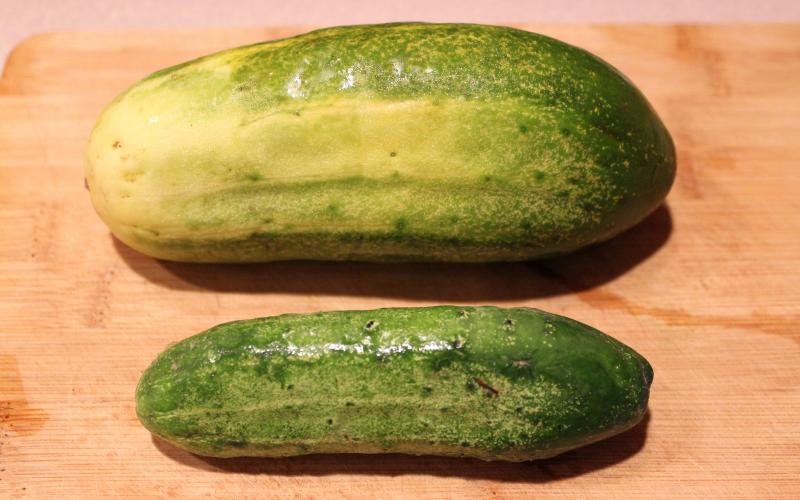
Harvesting Cucumbers
Cucumbers fresh from the garden are a summer treat! Harvesting them frequently not only helps keep the plant producing new fruit, but it also helps ensure that you are picking them at their optimal flavor and tenderness.
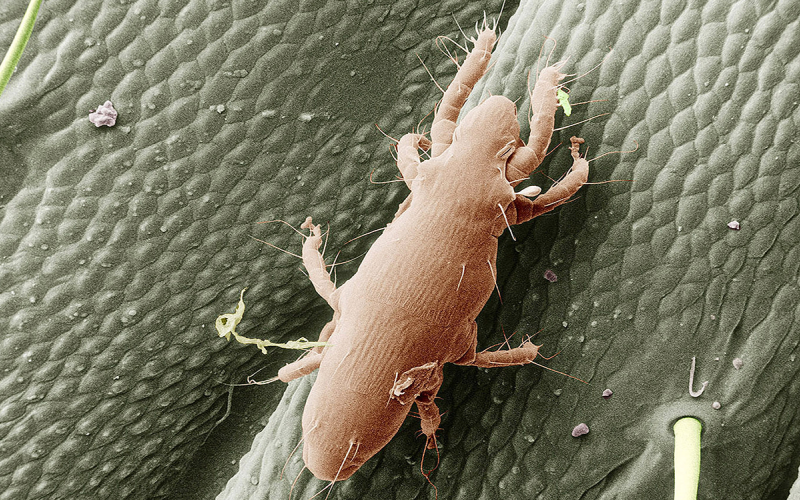
Straw Itch Mites
Straw itch mites, also known as hay mites or grain mites, can be a major problem when present in hay or grain. The best way to avoid a straw itch mite infestation is to keep commodities at low moisture levels and bale straw when it is thoroughly dry.

Leaf Scorch and Sunscald in the Garden
Long stretches of hot, dry weather will upset the growing habits of all plants and will lead to some unusual symptoms on leaves and produce in the garden. July and August are a prime time to watch for leaf scorch and sunscald.
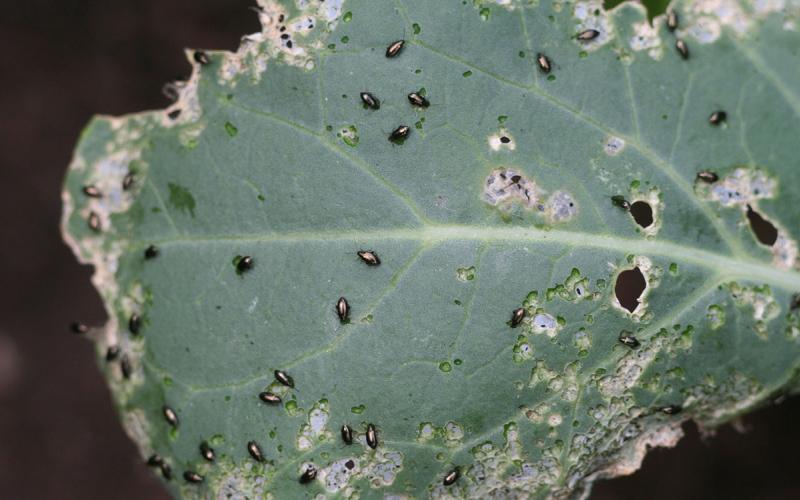
Flea Beetles Causing Issues in Canola
Large flea beetle populations in canola have been observed in neighboring states and within South Dakota. The hot, dry and sunny conditions that we have been experiencing throughout 2021 have been ideal for flea beetle populations.
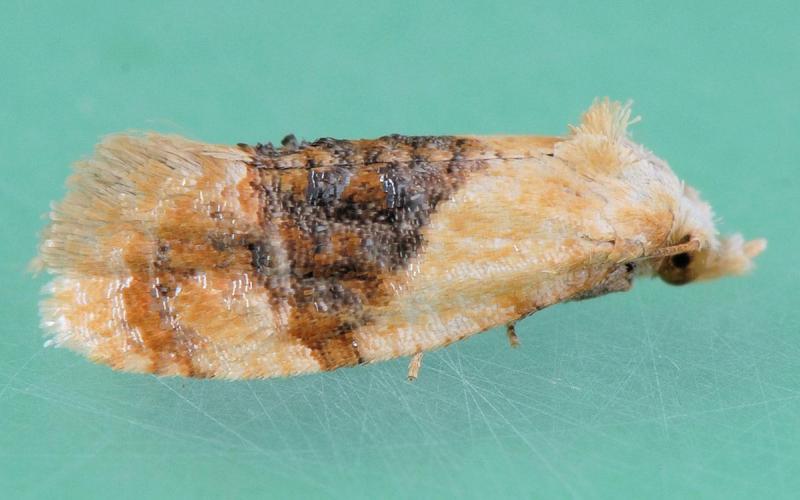
It’s Time To Start Scouting For Banded Sunflower Moths
Sunflowers throughout South Dakota are quickly approaching the R3 growth stage, which means it’s time to start scouting for banded sunflower moths. Banded sunflower moths are capable of reducing yields due to their caterpillars feeding on the bracts, florets and seeds.
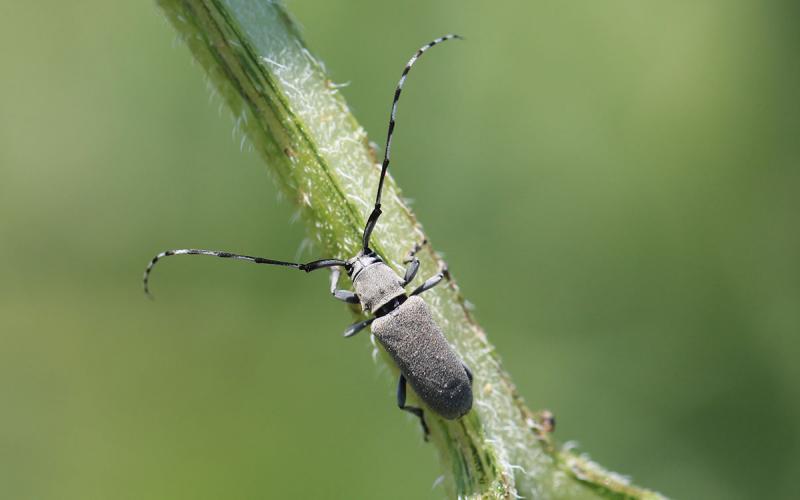
Dectes Stem Borer May Be More of an Issue During 2021
Dectes stem borers are an annual pest of sunflower in South Dakota. During most years, they do not cause major issues in sunflower. However, we have observed increased issues with this pest during dry years.
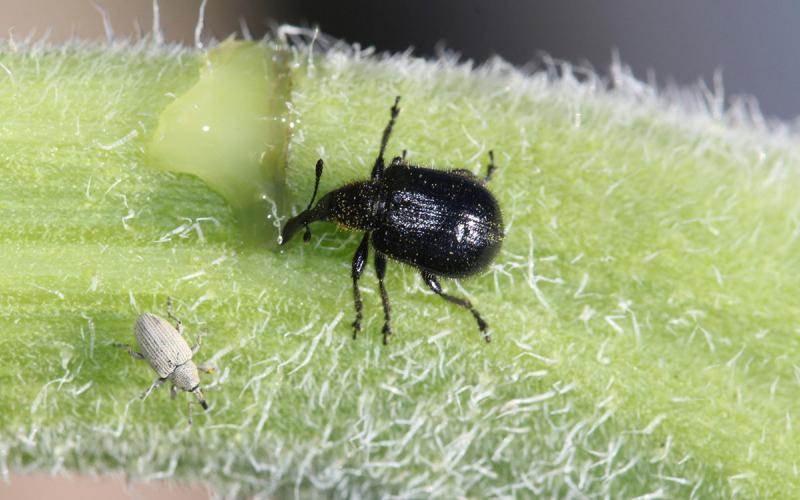
Headclipping Weevils in Sunflower
Headclipping weevils have been active in some sunflower fields and in ornamental sunflower throughout South Dakota. Although the headclipping weevil is considered a minor pest of commercial sunflowers, it can cause a lot of problems for individuals trying to maintain sunflowers in their yards and gardens.

Peterson Farm Brothers to Headline AgriCulture on the Square
July 23, 2021
After a one-year break due to the pandemic, AgriCulture on the Square will be back in Rapid City, South Dakota on Saturday, Sept. 11.
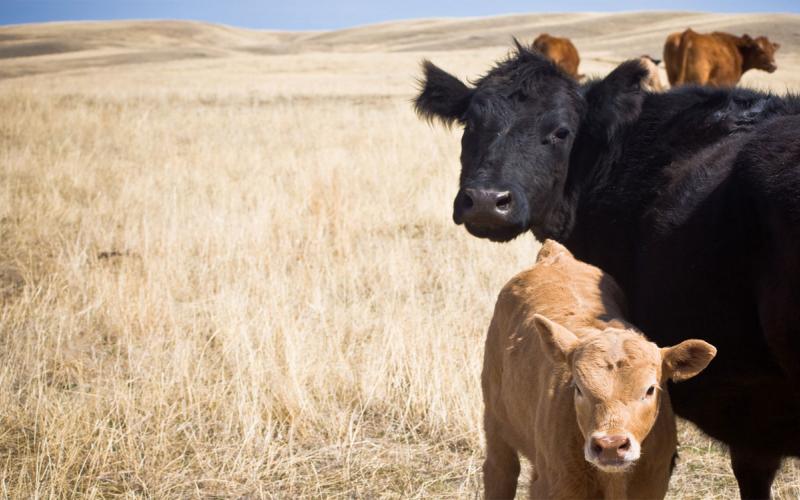
Sustainable Agriculture Curriculum Now Available for Middle School Educators
July 21, 2021
South Dakota State University Extension has launched a new educational program for middle school science teachers, homeschoolers and 4-H youth program advisors looking to add a sustainable agriculture curriculum to their lesson plans.
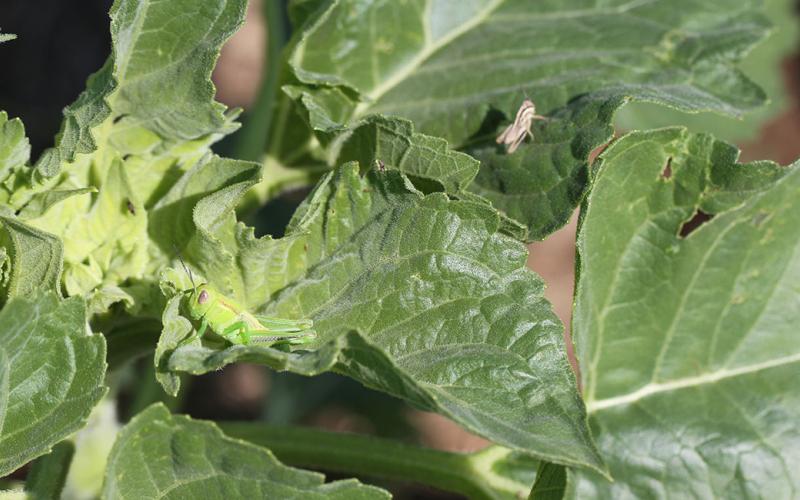
Grasshoppers Already Moving Into Sunflower Fields
With grassland food sources being depleted earlier than usual due to drought, grasshoppers are moving into nearby crops in search of vegetation. In parts of western South Dakota, grasshopper nymphs have already been observed feeding on young sunflower plants.